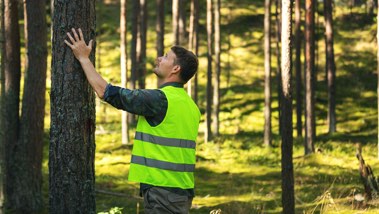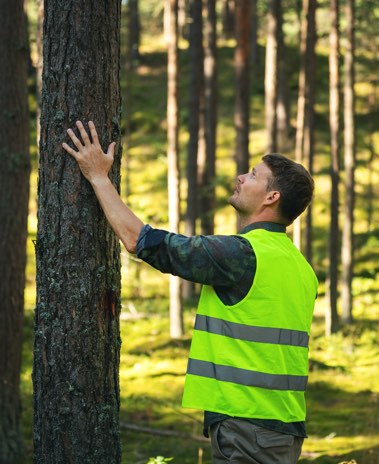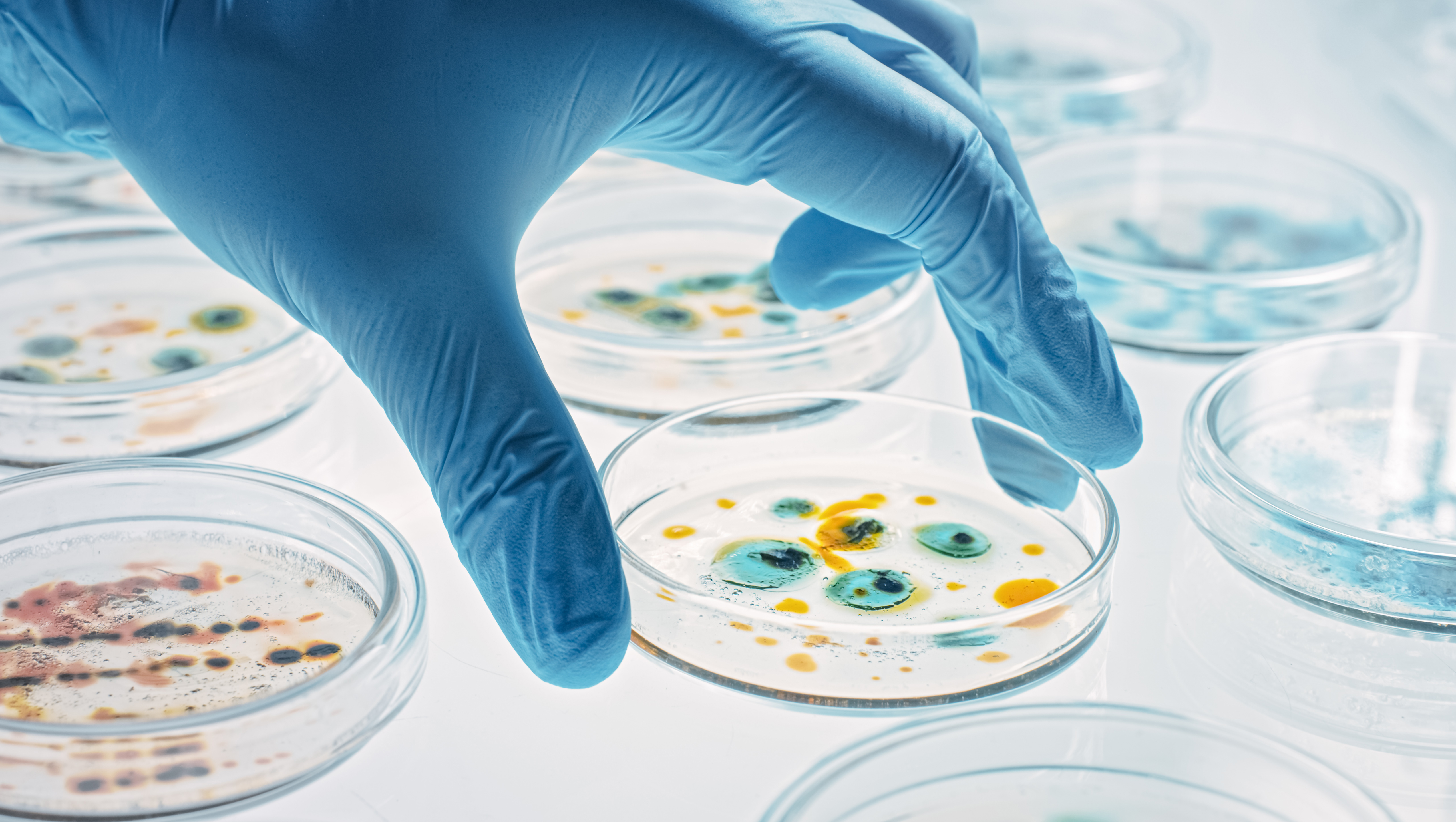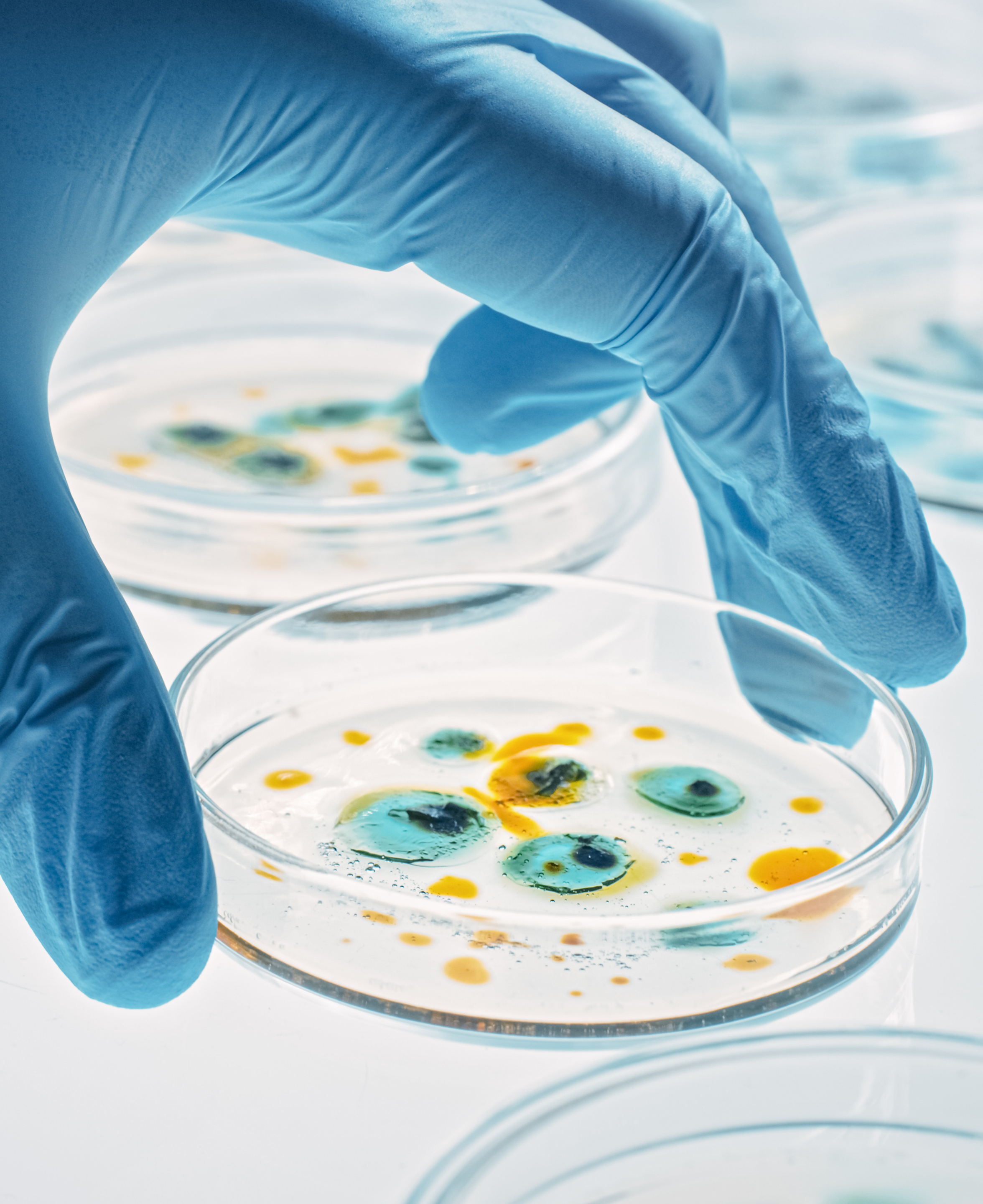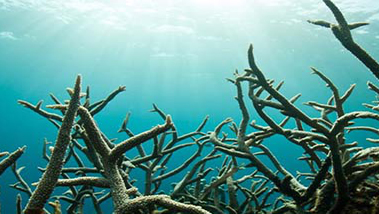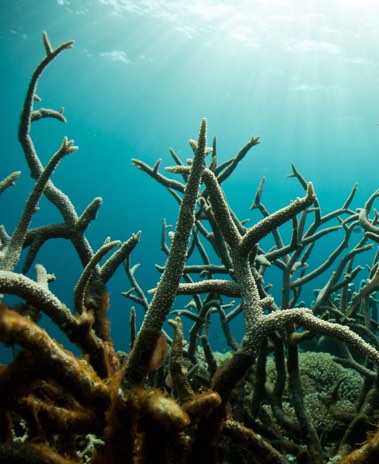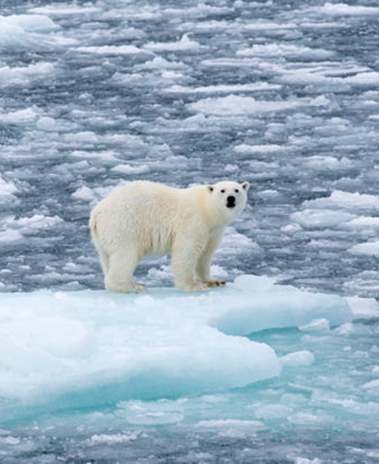#nature
The respect for the environment, flora and fauna or the defense of the nature are essential in fighting climate change. Iberdrola group promotes the biodiversity in ecosystems by supporting the cultural heritage development, apart from encouraging cultural and social awareness in this regard.
-
Sustainable management of resources is essential to minimising the impact of climate change, and this must also apply to forests, whose health is of concern in view of the advance of deforestation. Specifically, the FAO states that forests should be harvested at a rate that maintains their biodiversity, productivity and regeneration capacity.
According to the World Health Organisation (WHO), by 2050 there will be more deaths related to superbugs than cancer and they will be the leading cause of death on the planet. And, when this study was published, the institution had not taken into account the acceleration that the excessive and incorrect consumption of antibiotics caused by the covid pandemic would cause.
-
The carbon dioxide (CO2) emissions we release into the atmosphere not only worsen air quality, but also have an impact on the health of the oceans. Specifically, they cause a phenomenon known as acidification, which reduces the pH of the water, modifying its chemical composition and seriously affecting marine organisms. Solutions include reducing the use of fossil fuels in favour of renewable sources.
Bioethics, which promotes a set of principles to guide the interaction between the human race and living things — both fellow human beings and other forms of life — must now more than ever be linked to environmental protection. Because only the cohesion of citizens' moral and ethical values with respect and care for the environment will guarantee the mitigation of climate change and the survival of future generations.
-
The sea ice is a floating ice sheet that forms in the polar ocean regions. The survival of, for example, polar bears depends primarily on the early formation of this icy surface, as it is here that they hunt. According to satellite observations that began in 1979, the average maximum extent of the Arctic during the months of March is decreasing decade by decade, confirming a worrying trend.
Agrovoltaics, which seeks maximum synergy between photovoltaic energy and agriculture by installing solar panels on farmland, is positioning itself as one of the benchmarks for making a sector that does not want to be left behind in the fight against climate change more sustainable. Below, we discuss its impact, as well as its characteristics and advantages.





